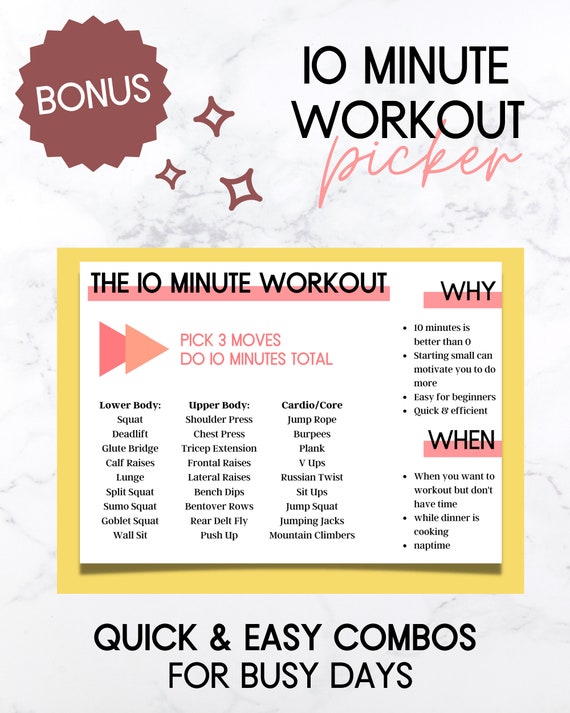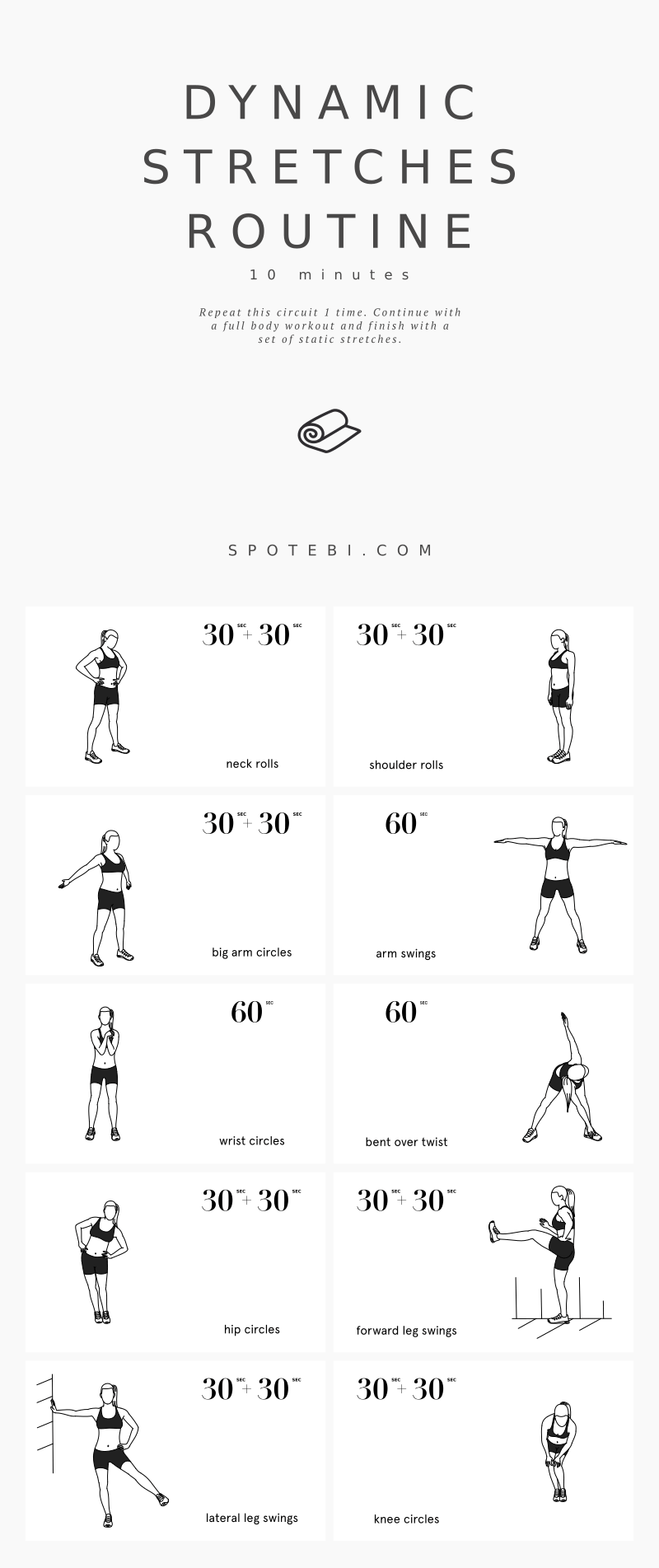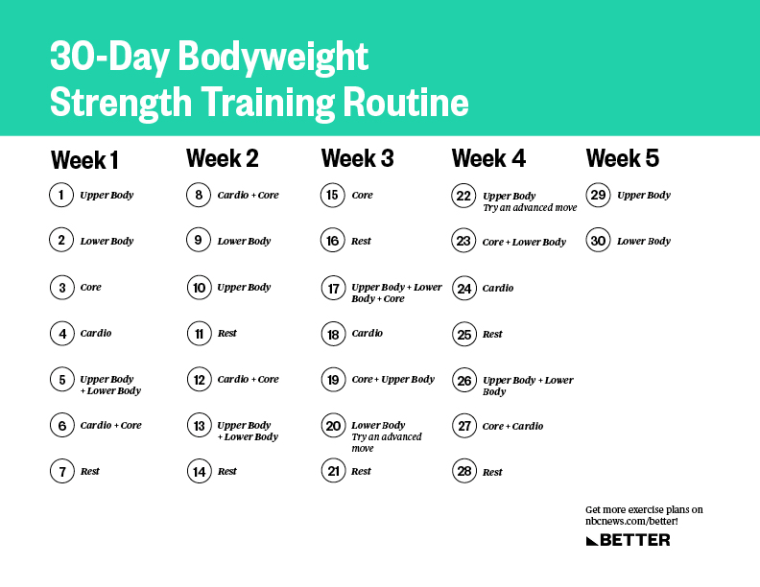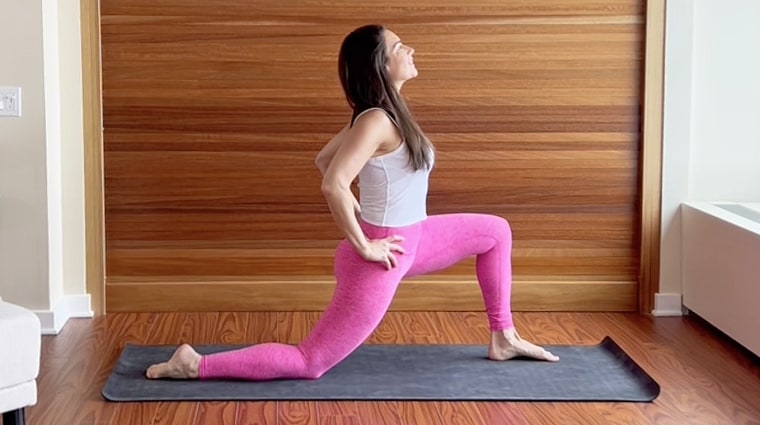Benefits of Beginner Home Workout Routines

By starting beginner home workout routines, you can improve your overall health. These workouts are simple yet effective for beginners. Working out at home provides convenience and saves time. You have the flexibility to exercise at your own pace. Beginner routines help you establish a consistent exercise habit. These workouts boost your energy levels and mood. With beginner exercises, you can gradually increase your fitness level. Home workouts save money compared to gym memberships. Enjoy privacy and comfort while getting fit.
Benefits of incorporating home workouts into your routine
Incorporating home workouts into your routine offers convenience. You can exercise anytime without leaving your house. It saves you travel time to the gym. Working out at home gives you privacy and comfort. You have the freedom to choose your workout space. Home workouts are cost-effective compared to gym memberships. You can tailor your routine to fit your schedule. With home workouts, you have the flexibility to exercise at your own pace.
Benefits of choosing beginner-friendly workout routines
When you opt for beginner-friendly workout routines, you set yourself up for success. Choosing workouts tailored for beginners helps you ease into exercise gradually. It reduces the risk of injuries by emphasizing proper form and technique. These routines build your confidence and motivation as you see progress. Beginner-friendly programs provide a solid foundation for advancing to more challenging workouts later on. By starting with routines designed for beginners, you establish healthy habits that can lead to long-term fitness success.
Warm-Up and Stretching Exercises

Before diving into your workout, it’s crucial to warm up to prepare your body. Start with light cardio like jogging in place to get your heart rate up. Include dynamic stretches to loosen your muscles and joints. Dynamic stretches involve movement like leg swings and arm circles. These help improve flexibility and prevent injuries during your workout. Spend 5-10 minutes on these warm-up activities to prime your body for exercise. Remember, a good warm-up sets the stage for a safe and effective workout session.
Importance of warm-up exercises before a workout
Warm-up exercises are crucial because they prepare your body for the upcoming workout. They increase your heart rate and blood flow, warming up your muscles and joints. This helps prevent injuries during more intense exercise. A good warm-up also mentally prepares you for the workout ahead, increasing focus and motivation. Spending just a few minutes on warm-up activities can significantly enhance your overall workout experience and performance. Remember, it’s essential to prioritize warming up before diving into any physical activity.
Stretching routines for beginners at home

To improve flexibility and prevent injury, start with basic stretches like toe touches, shoulder rolls, and neck stretches. Hold each stretch for 15-30 seconds, focusing on breathing deeply. Incorporate full-body stretches like the downward dog yoga pose and seated spinal twist. Don’t push yourself too hard, ease into each stretch to avoid overstretching. Remember, flexibility comes with practice, so be consistent in your stretching routine to see progress over time.
Cardio Workouts for Beginners
For cardio workouts as a beginner, try activities like brisk walking, jumping jacks, or dancing. Start with 15-30 minutes of cardio to boost your heart rate and burn calories. Choose exercises that you enjoy to stay motivated. Incorporate interval training by alternating between high and low-intensity exercises. Remember to listen to your body and gradually increase the intensity as you build stamina. Stay hydrated and breathe deeply during your cardio sessions to maximize the benefits.
Effective cardio exercises for beginners at home

When you’re just starting, brisk walking is a great cardio exercise. Jumping jacks get your heart pumping in a fun way. Dancing around your living room can be a joyful workout. Try beginner-friendly YouTube workout videos or online classes. Follow along with low-impact aerobics routines. Experiment with skipping rope for a simple but effective cardio session at home. Remember to keep it enjoyable to stay motivated!
Tips for incorporating cardio into your workout routine
To make cardio a regular part of your workout routine, start by scheduling specific times for it. Choose activities you enjoy, so it feels less like a chore. Mix things up to prevent boredom and target different muscle groups. Set realistic goals to track your progress and stay motivated. Find a workout buddy for accountability and support. Listen to upbeat music or podcasts while you exercise to stay energized. Remember to stay hydrated and wear proper footwear for safety.
Strength Training Workouts

For beginners at home, focus on basic strength training exercises like bodyweight squats, lunges, and push-ups. You can also use resistance bands or dumbbells for added challenge. Start with light weights and gradually increase as you get stronger. Make sure to maintain proper form to prevent injuries. Include exercises that target different muscle groups like biceps, triceps, and core. Consistency is key, so aim for at least two to three strength training sessions per week.
Basic strength training exercises for beginners
When starting strength training, try bodyweight squats to work your legs and glutes. Include push-ups for your chest, shoulders, and triceps. Lunges are great for targeting your lower body muscles. Planks help strengthen your core. Dumbbell curls work your biceps, while tricep dips target your triceps. Remember to keep proper form and start with lighter weights. Progress gradually to avoid injuries and build muscle effectively.
How to start building strength at home
To begin building strength at home, focus on performing bodyweight exercises like squats, push-ups, and lunges. These movements target different muscle groups and help you develop a solid foundation. Start with a few sets of each exercise, aiming for proper form over quantity. Gradually increase the number of repetitions as you feel stronger. Incorporating resistance bands or dumbbells can add intensity to your workouts. Consistency is key, so aim to exercise regularly to see improvements in your strength levels.
Flexibility and Mobility Workouts

To improve your flexibility and mobility, focus on stretching exercises that target different muscle groups. Stretching helps to increase your range of motion and prevent injuries. Incorporate dynamic stretches like leg swings and arm circles before your workout to warm up your muscles. Static stretches like hamstring stretches and shoulder stretches can be done after your workout to enhance flexibility. Mobility exercises like hip rotations and wrist circles can also help you move more freely. Stay consistent with these routines to see improvement over time.
Stretching exercises to improve flexibility
To enhance your flexibility, regularly incorporate stretching exercises into your routine. Focus on movements that target various muscle groups, such as hamstring stretches, shoulder stretches, and hip flexor stretches. Hold each stretch for about 15-30 seconds without bouncing. Engaging in yoga poses like downward dog and child’s pose can also help lengthen and stretch your muscles. Consistency is key to seeing progress in your flexibility over time. Remember to breathe deeply while stretching to maximize the benefits.
Mobility exercises to enhance range of motion

To improve your range of motion, focus on mobility exercises. These movements help you move better in everyday activities. Incorporate exercises like shoulder circles, hip rotations, and wrist stretches. Perform dynamic stretches that mimic your daily movements. This will prepare your body for more challenging workouts. Consistent practice of mobility exercises can enhance your flexibility and reduce the risk of injury. Remember to move slowly and deliberately, focusing on each joint’s full range of motion.
Cool Down and Recovery Techniques
After your workout, remember to cool down. This helps your heart rate return to normal. Stretch your muscles gently to prevent stiffness. Hydrate well and relax for a few minutes. Recovery is key for preventing soreness and injuries. Try foam rolling or gentle yoga to aid in muscle recovery. Rest is important, so listen to your body and allow time for it to repair and grow stronger. A good cool down and recovery routine can enhance your overall fitness progress.
Importance of cooling down after a workout

After a workout, cooling down is crucial. It helps your heart rate and breathing return to normal. Cooling down also prevents dizziness and promotes recovery. Skipping this step can lead to muscle soreness and stiffness. Cooling down gradually lowers your body temperature. It helps remove waste products from your muscles. Taking time to cool down properly can help reduce the risk of injury. So, make sure you include a proper cooldown in your workout routine.
Recovery techniques for beginners to prevent soreness and injuries
To prevent soreness and injuries as a beginner, focus on proper rest and hydration. Make sure to get enough sleep to aid in muscle recovery. Hydrate well throughout the day to support your body’s healing process. Additionally, consider incorporating light stretching or yoga on rest days to improve flexibility and reduce muscle tightness. Listening to your body’s signals and taking breaks when needed is key to avoiding overtraining and potential injuries. Remember, recovery is just as important as the workout itself.

